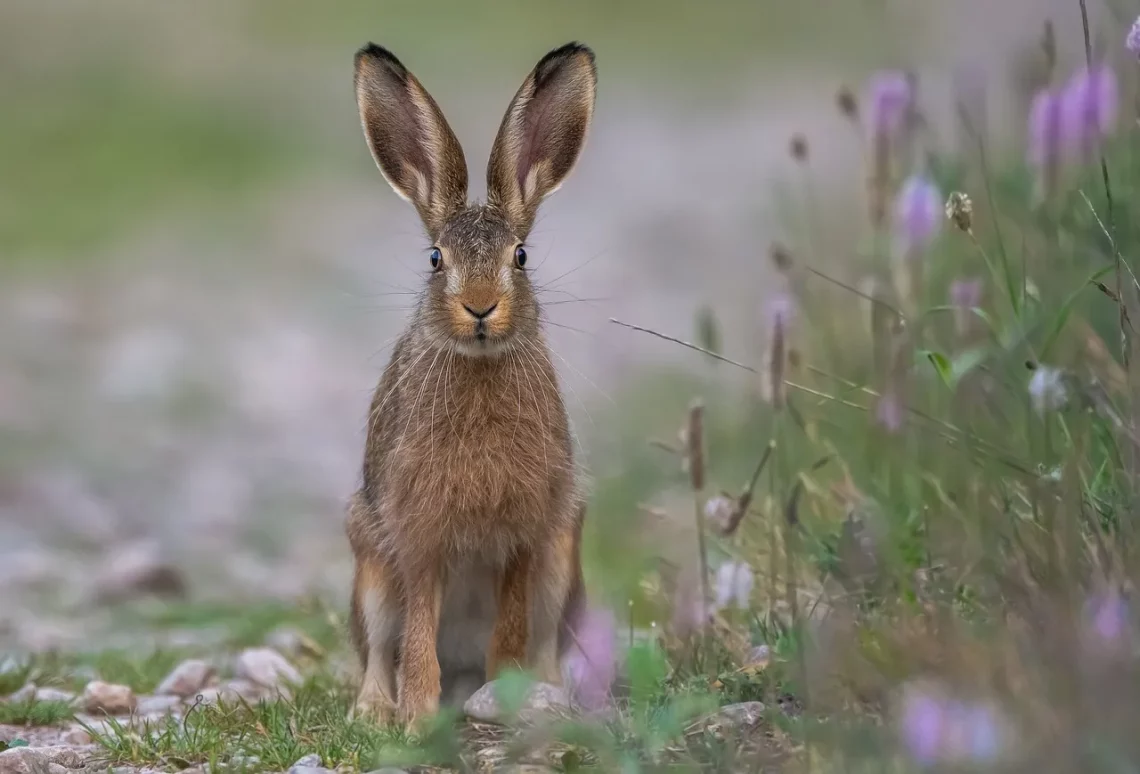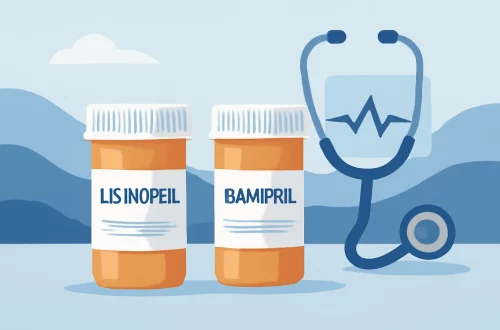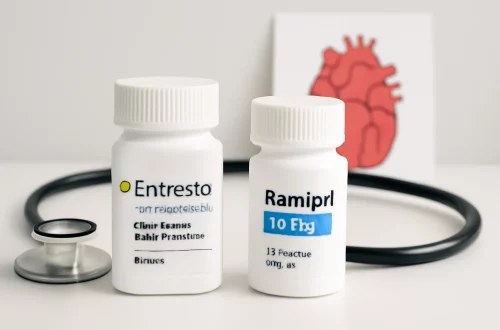
Can Rabbits Eat Lettuce? A Guide to Safe Rabbit Diets
Rabbits are beloved pets known for their playful personalities and gentle nature. As a responsible pet owner, understanding the dietary needs of these charming creatures is essential to ensure their health and happiness. A common question among rabbit owners is the suitability of various foods, particularly leafy greens like lettuce. While rabbits are herbivorous grazers, their digestive systems are delicate and require a balanced diet that includes hay, vegetables, and fresh water.
Lettuce is often seen as a staple for many pet owners, but not all types of lettuce are created equal. Some varieties may pose health risks to rabbits if fed excessively or as a primary food source. In nature, rabbits consume a wide range of plants, and their diets are rich in fiber, which is crucial for their digestive health. With an increasing number of pet owners seeking to provide the best for their furry friends, it’s vital to explore what constitutes a safe and nutritious diet for rabbits. Understanding the implications of feeding lettuce, alongside other vegetables, can help ensure that your rabbit remains healthy, happy, and thriving.
Understanding the Nutritional Needs of Rabbits
Rabbits have unique nutritional requirements that differ significantly from those of other common pets, such as cats and dogs. A rabbit’s diet should primarily consist of hay, which provides the necessary fiber for proper digestion. This fiber aids in preventing gastrointestinal stasis, a common issue among rabbits that can lead to serious health complications. It’s recommended that hay makes up about 70% of a rabbit’s overall diet.
In addition to hay, fresh vegetables should account for about 10-15% of their diet. Dark, leafy greens should be prioritized over starchy vegetables and fruits. This is where many rabbit owners can become confused about the best choices for their pets. While some vegetables are safe and healthy, others can lead to digestive issues or other health problems if consumed in excess.
When considering feeding lettuce to rabbits, it’s important to note the variations within the lettuce family. Iceberg lettuce, for example, contains high water content and low nutritional value, which can cause digestive upset if ingested in large quantities. On the other hand, darker leafy greens such as romaine or green leaf lettuce can be more beneficial due to their higher nutritional profile. However, moderation is key to maintaining a balanced diet.
In summary, a rabbit’s diet should be rich in fiber, with a focus on hay and a variety of safe vegetables. Monitoring your rabbit’s diet and introducing new foods gradually can help ensure they receive the nutrients they need while avoiding potential health risks.
Types of Lettuce: What’s Safe for Your Rabbit?
When it comes to feeding lettuce to rabbits, not all types are equally safe. As mentioned earlier, iceberg lettuce is generally not recommended due to its high water content and low nutritional value. It can lead to diarrhea or other digestive issues if consumed frequently. Instead, pet owners should consider varieties that are more nutrient-dense.
Romaine lettuce is a better option; it contains more vitamins and minerals, making it a healthier choice for your rabbit. It has a crunchy texture that many rabbits enjoy, and it can be offered in moderation as part of a varied diet. Green leaf and red leaf lettuces are also suitable choices, as they provide essential nutrients without the risks associated with iceberg lettuce.
It’s crucial to introduce any new vegetable, including lettuce, slowly into your rabbit’s diet. Start with small portions to monitor how your rabbit reacts. If there are any signs of digestive distress, such as changes in stool consistency or behavior, discontinue the new food immediately and consult with a veterinarian.
Additionally, always wash lettuce thoroughly to remove any pesticides or contaminants before offering it to your rabbit. Organic options are ideal, as they reduce the risk of harmful chemicals being ingested. Remember that fresh vegetables should be served alongside hay and a limited amount of pellets to ensure a balanced diet.
In conclusion, while certain types of lettuce can be a safe addition to your rabbit’s diet, it’s essential to choose wisely and keep portions moderate. A varied diet that includes a range of safe vegetables will contribute to your rabbit’s overall health and well-being.
Signs of Dietary Issues in Rabbits
Being vigilant about your rabbit’s diet is crucial, as they can sometimes exhibit signs of dietary issues that may indicate underlying health problems. A rabbit’s digestive system is sensitive, and any changes in diet can lead to complications if not addressed promptly.
Common signs of dietary problems include changes in appetite, abnormal droppings, lethargy, and signs of discomfort such as teeth grinding or hunching. Reduced appetite may signal that your rabbit is experiencing digestive upset, possibly due to an improper diet or the introduction of new foods. Conversely, overeating can also lead to health issues, so maintaining a balanced diet is vital.
Abnormal droppings, such as small, hard pellets or diarrhea, can indicate that your rabbit is not getting enough fiber or is experiencing a reaction to certain foods. Fiber is essential for maintaining healthy gut motility, so ensuring your rabbit has constant access to hay is crucial.
If you notice any of these signs, it’s important to act quickly. Address any dietary changes you’ve recently made and revert to a more stable, consistent diet. If symptoms persist, contact a veterinarian experienced in exotic animals, specifically rabbits. They can provide expert advice and treatment options tailored to your pet’s needs.
In essence, being aware of your rabbit’s dietary habits and any changes in their health can help catch potential issues early. A proactive approach to your rabbit’s nutrition will lead to a happier, healthier companion.
Creating a Balanced Diet for Your Rabbit
Crafting a balanced diet for your rabbit involves understanding the types of foods that can contribute to their health and well-being. The foundation of their diet should be high-quality hay, such as timothy, meadow, or oat hay. These types of hay are rich in fiber, which is essential for maintaining healthy digestion and preventing gastrointestinal stasis.
Once hay is established as the primary food source, fresh vegetables can be introduced to provide additional nutrients. Aim for a variety of leafy greens, such as kale, parsley, cilantro, and, as noted earlier, romaine or other safe lettuces. It’s best to offer a selection of vegetables daily, rotating them to prevent boredom and to ensure a wide range of nutrients.
Pellets can be included in your rabbit’s diet but should be limited to avoid obesity and other health issues. Choose high-fiber pellets that are specifically formulated for rabbits, and follow the recommended serving sizes based on your rabbit’s age and weight.
Lastly, fresh water should always be available. Dehydration can lead to serious health issues, so ensure your rabbit has access to clean, fresh water at all times.
In summary, a balanced diet for your rabbit encompasses high-quality hay, a variety of leafy greens, limited pellets, and constant access to fresh water. By understanding the nutritional needs of your rabbit and providing a diverse diet, you can promote a long, healthy life for your furry friend.
—
**Disclaimer:** This article is meant for informational purposes only and should not be considered medical advice. If you have any concerns regarding your rabbit’s health or diet, please consult a qualified veterinarian.




